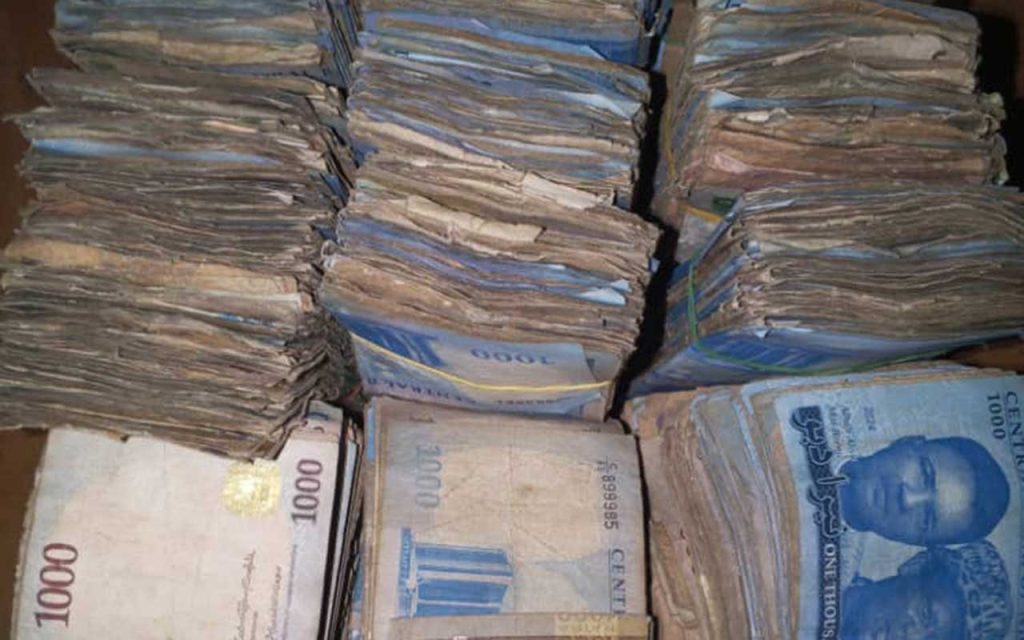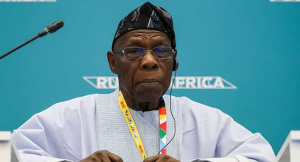
The Nigerian naira exhibited contrasting movements across different segments of the foreign exchange market yesterday, recording a slight appreciation in the parallel market while declining in the official trading window.
Market observations revealed that the local currency strengthened marginally in the unofficial market, trading at 1,618 naira to the dollar compared to 1,620 naira the previous day. However, the official Nigerian Foreign Exchange Market told a different story, with data from the Central Bank of Nigeria showing the naira weakening to 1,604 against the dollar from Monday’s rate of 1,599.
This divergent performance resulted in a narrowing of the gap between the parallel and official exchange rates to 14 naira, down from the 21 naira difference recorded on Monday. The reduced margin represents the smallest spread between the two markets in recent weeks, potentially signaling a gradual convergence of exchange rates.
Financial analysts suggest the mixed performance reflects ongoing adjustments in market dynamics, with the Central Bank continuing its efforts to stabilize the currency through various monetary policy measures. The central bank has maintained its intervention in the official market while implementing strategies to improve dollar liquidity across all market segments.
Market participants remain cautiously optimistic about the narrowing gap between official and parallel rates, though they note that sustained stability will depend on several factors including foreign investment inflows, crude oil production levels, and the effectiveness of the central bank’s monetary policies.
The Central Bank has not issued any official statement regarding these latest market movements. However, economic observers anticipate that the monetary authority will continue its measured approach to exchange rate management, balancing the need for stability with the imperative to maintain adequate foreign reserves.
As the Nigerian economy continues its recovery path, stakeholders across various sectors are watching exchange rate trends closely, particularly import-dependent businesses and manufacturers who have been significantly affected by currency fluctuations in recent months.






